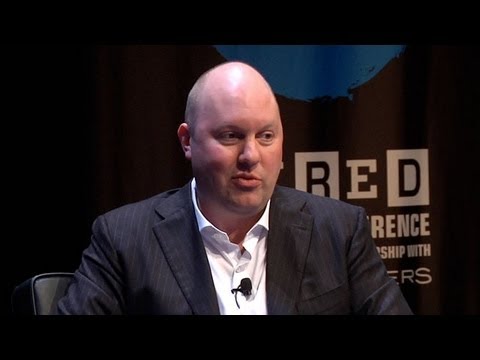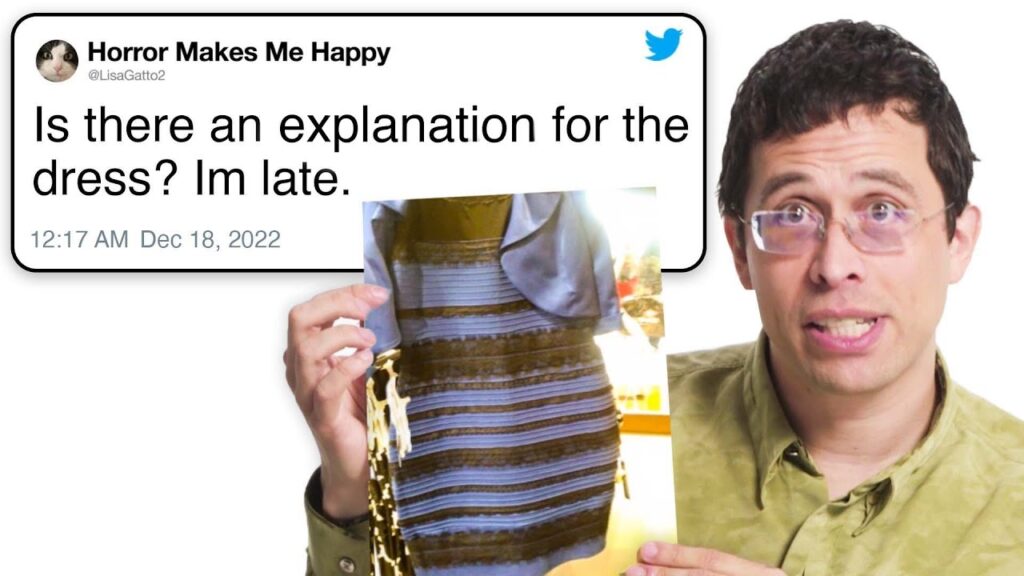The Psychology of Batman’s Villains in Movies
Dr. Travis Langley, a psychology professor and author of Batman and Psychology, delves into the psychology of Batman’s villains in various movies. In this article, we will explore the different characters and their psychological motivations.
Dr. Tito Daka
Dr. Tito Daka, the villain from the 1943 serial Batman, is a racist depiction of a foreign villain. He represents the fear of the unknown and the enemy from other countries. This portrayal reflects the cultural and political climate of the time.
The Wizard
In the 1949 movie serial Batman and Robin, the Wizard is a mysterious villain whose identity is revealed to be his evil twin. This duality reflects our fear of our own dark side and the potential for evil within ourselves.
The Penguin
The Penguin, a recurring villain in the Batman franchise, suffers from a Napoleon complex and an inferiority complex. He wants to be both a crime lord and a tycoon, but his physical appearance and social status prevent him from achieving his goals.
The Joker
The Joker is one of the most iconic villains in the Batman universe. In the 1966 film Batman the Movie, he is a shallow character who is only distinguished by his laugh. However, in later films, the Joker is portrayed with greater depth. In the 1989 film Batman, Jack Napier is a reckless gangster and psychopath who becomes the Joker. In “The Dark Knight,” the Joker is a dangerous character who defies diagnosis and does not fit into any specific mental illness category. The character Arthur Fleck, who becomes the Joker, is psychotic and has lost touch with reality. He experiences hallucinations and delusions throughout the film.
Catwoman
The character of Catwoman in “The Dark Knight Rises” is different from previous versions, as she is a dual identity character who pretends to be a Russian journalist called Miss Kitka. She and Bruce Wayne both adopt animal symbols as totems to represent different parts of their nature. Catwoman’s backstory is similar to Bruce Wayne’s, as she was also orphaned at an early age, but she grew up poor.
The Riddler
The Riddler, played by Frank Gorshin in the 1966 movie, is a narcissistic and egotistical character who sends messages in the form of riddles due to a compulsion. He craves attention and validation from others.
Two-Face
In the 1995 movie Batman Forever, Two-Face, played by Tommy Lee Jones, consistently wants to do wrong and cheats by tossing a coin until it lands in his favor. In contrast, the Two-Face portrayed by Aaron Eckhart in The Dark Knight (2008) is a more complex character with an internal locus of control who is angry at the world and takes out his anger on those he feels deserve his judgment, as well as innocent people.
Edward Nygma
The character Edward Nygma, played by Jim Carrey, in Batman Forever is a narcissistic and attention-seeking character who becomes the Riddler. He craves validation and admiration from others.
In conclusion, the psychology of Batman’s villains in movies reflects our fears, anxieties, and desires. Each character has their unique motivations and psychological makeup, which makes them compelling and memorable. Understanding these characters’ psychology adds depth and richness to our appreciation of the Batman franchise.







